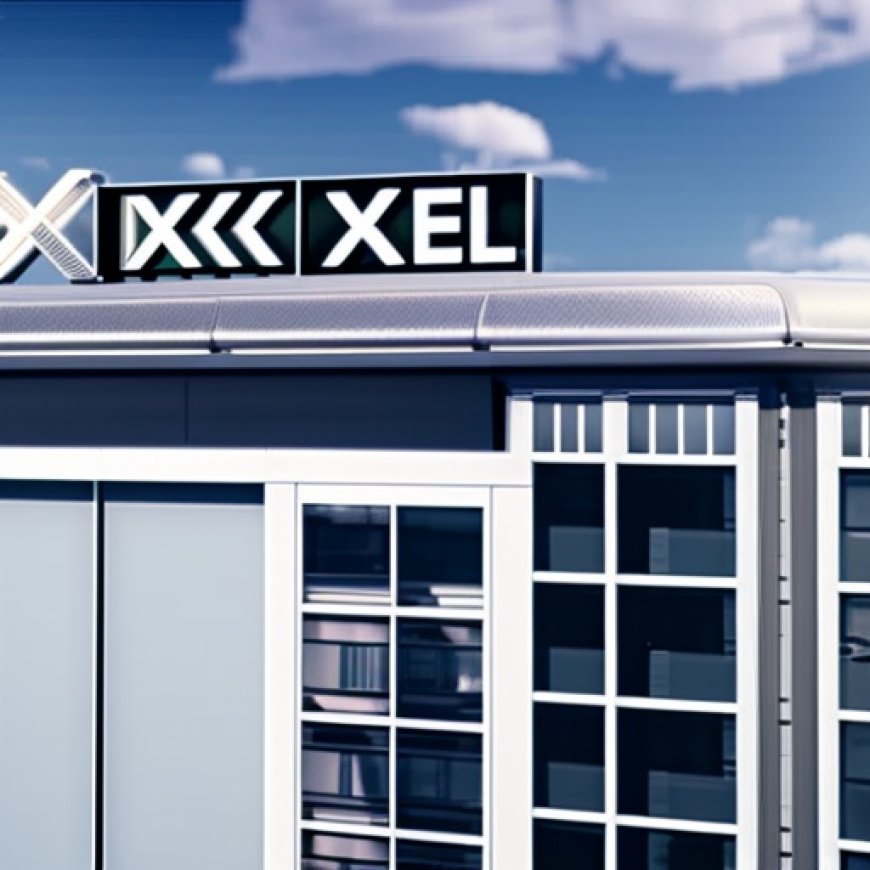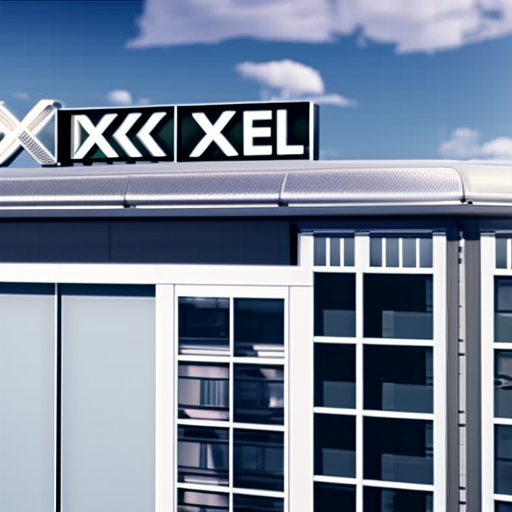Xcel Can Help Meet CO Climate Goals with Efficient Electric Buildings
Xcel Can Help Meet CO Climate Goals with Efficient Electric Buildings NRDC (Natural Resources Defense Council)


Burning Gas in Colorado’s Homes and Buildings: A Report on Greenhouse Gas Emissions

Burning gas in Colorado’s homes and buildings is a leading cause of state greenhouse gas (GHG) emissions. To address this, Colorado adopted pathbreaking legislation in 2021 requiring the state’s gas utilities to cut emissions by 4% by 2025 and 22% by 2030 relative to 2015 levels. For Xcel Energy, Colorado’s largest electric and gas provider, this requires a 28% reduction from its current gas system emissions in the next seven years.
Meeting these ambitious “clean heat” targets will require a rapid deployment of efficient electric appliances and energy efficiency in homes. In a new report, A Path to Pollution-Free Buildings: Meeting Xcel’s 2030 Gas Decarbonization Goals, Western Resource Advocates (WRA), Southwest Energy Efficiency Project (SWEEP), and NRDC outline the investments and policies needed to meet Xcel’s clean heat targets while providing customers with access to clean, healthy, and affordable energy.
Electrification is Key to Clean Buildings
By August 1, 2023, Xcel will file the nation’s first clean heat plan proposing pathways to meet their gas system decarbonization targets. Research and policy action to date highlight that beneficial electrification must be central to that strategy.
Beneficial electrification entails a transition from polluting gas appliances to efficient, all-electric appliances powered by clean energy. Numerous studies demonstrate that this is the single most cost-effective strategy for cutting emissions from buildings: In a national model, the Net Zero America project at Princeton University found that achieving net-zero emissions will require electrifying most, if not all, water heating, space heating, and cooking in the United States by 2050.
The transition to clean, all-electric appliances is already underway in Colorado. As early as 2025, Denver’s Energize Denver ordinance will require existing commercial and multifamily buildings to electrify space- and water-heating appliances upon replacement, while statewide policies require most new buildings to be “all-electric ready,” remove incentives for new gas appliances, add incentives for electric heat pumps, and eliminate ratepayer-backed subsidies to connect new buildings to the gas system. Across the country, the Inflation Reduction Act is sweetening the deal: providing more than $4.5 billion in rebates for efficient, all-electric appliances to low- and moderate-income households on top of generous heat pump tax credits.
An Ideal Clean Heat Pathway for Xcel
Colorado is already on a clear path to beneficial electrification to meet statewide decarbonization targets. In A Path to Pollution-Free Buildings: Meeting Xcel’s 2030 Gas Decarbonization Goals, WRA, SWEEP and NRDC outline the additional investments and policies needed to make Xcel’s clean heat targets a reality.
SDGs, Targets, and Indicators in the Article
1. Which SDGs are addressed or connected to the issues highlighted in the article?
- SDG 7: Affordable and Clean Energy
- SDG 11: Sustainable Cities and Communities
- SDG 13: Climate Action
2. What specific targets under those SDGs can be identified based on the article’s content?
- SDG 7.2: By 2030, increase substantially the share of renewable energy in the global energy mix.
- SDG 11.6: By 2030, reduce the adverse per capita environmental impact of cities, including by paying special attention to air quality and municipal and other waste management.
- SDG 13.2: Integrate climate change measures into national policies, strategies, and planning.
3. Are there any indicators mentioned or implied in the article that can be used to measure progress towards the identified targets?
- Indicator for SDG 7.2: Share of renewable energy in the overall energy mix.
- Indicator for SDG 11.6: Air quality measurements and waste management data.
- Indicator for SDG 13.2: Integration of climate change measures in national policies and planning documents.
Table: SDGs, Targets, and Indicators
| SDGs | Targets | Indicators |
|---|---|---|
| SDG 7: Affordable and Clean Energy | 7.2: By 2030, increase substantially the share of renewable energy in the global energy mix. | Share of renewable energy in the overall energy mix. |
| SDG 11: Sustainable Cities and Communities | 11.6: By 2030, reduce the adverse per capita environmental impact of cities, including by paying special attention to air quality and municipal and other waste management. | Air quality measurements and waste management data. |
| SDG 13: Climate Action | 13.2: Integrate climate change measures into national policies, strategies, and planning. | Integration of climate change measures in national policies and planning documents. |
Behold! This splendid article springs forth from the wellspring of knowledge, shaped by a wondrous proprietary AI technology that delved into a vast ocean of data, illuminating the path towards the Sustainable Development Goals. Remember that all rights are reserved by SDG Investors LLC, empowering us to champion progress together.
Source: nrdc.org

Join us, as fellow seekers of change, on a transformative journey at https://sdgtalks.ai/welcome, where you can become a member and actively contribute to shaping a brighter future.







